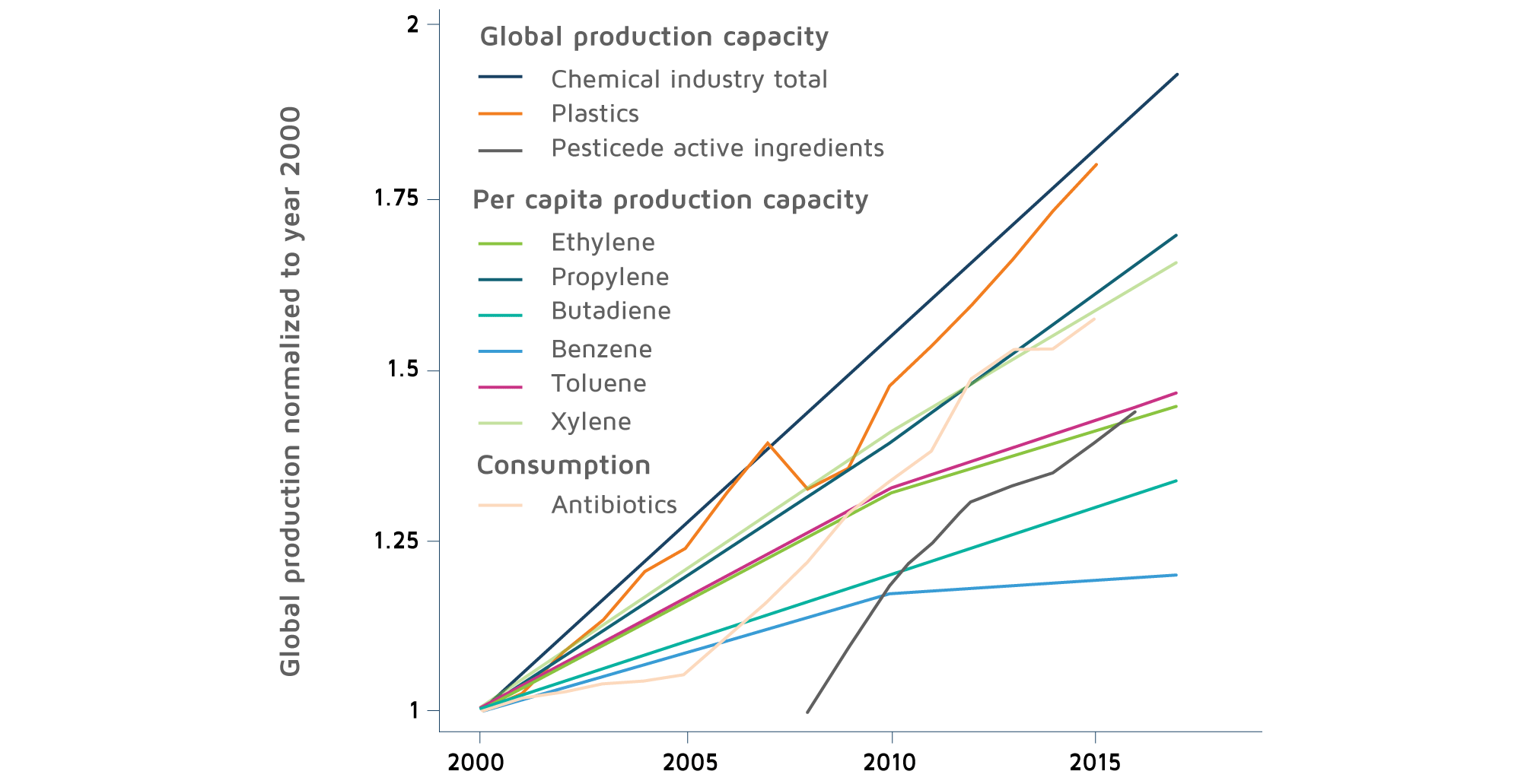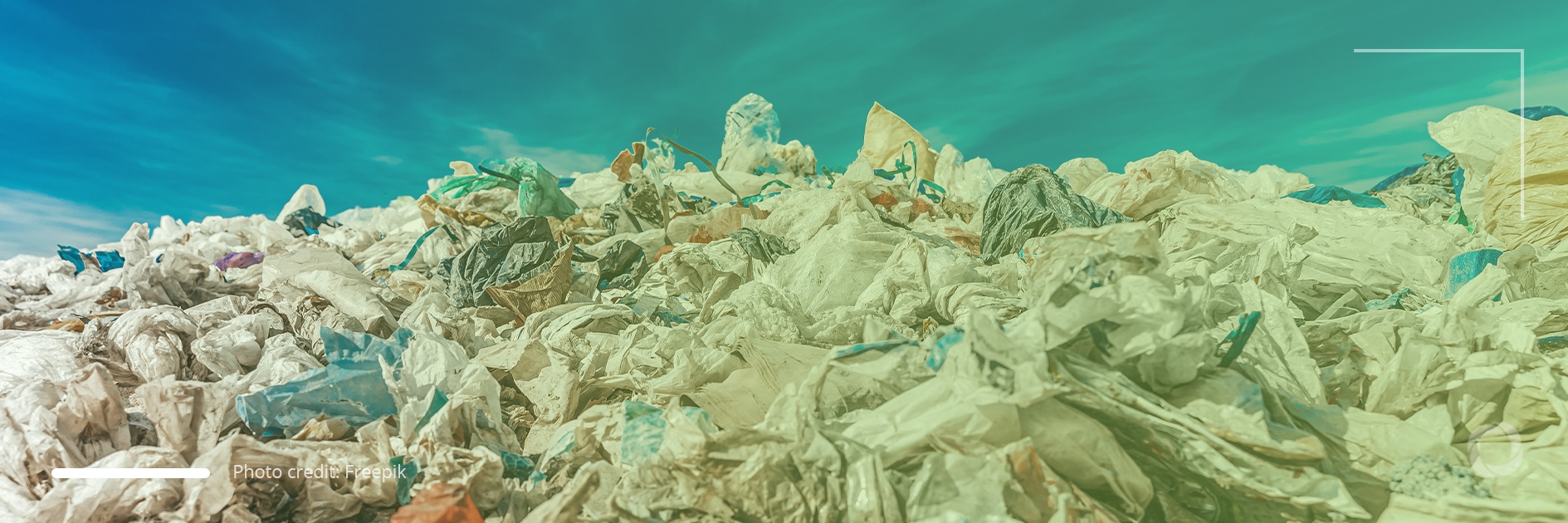The Earth’s soil, water, and air are so polluted by artificial chemicals that crucial ecosystems have been destabilized, a recent report has warned. The study published in Environmental Science and Technology argued that in spite of the numerous efforts made over the past few decades, chemical pollution has breached “the planetary boundary” and now threatens Earth’s entire operating system and humanity itself.
Number of harmful chemicals is on the rise
Scientists have classified around 350,000 different types of artificial chemical substances that are currently available on the global market including pesticides, plastic, flame retardant products, and insulators with many of these having an extremely harmful impact on human health and the environment.
“There has been a fifty-fold increase in the production of chemicals since 1950 and this is projected to triple again by 2050. The pace at which societies are producing and releasing new chemicals into the environment is not consistent with staying within a safe operating space for humanity,” said Patricia Villarrubia-Gómez, a Ph.D. candidate and research assistant at the Stockholm Resilience Centre (SRC) who was part of the study team.
Harmful chemicals have even been found in the deepest parts of the oceans and on the highest mountain tops. The graph below shows the growth in the number of chemical substances used by humanity in recent years.

Scientists stress that apart from the chemical substances already analysed, new ones continue to be released which makes it difficult to assess the true level of their harmfulness. Aside from this, many chemicals persist in the environment for a very long time and therefore their harmful effects also continue.
“Even if we were to stop using and releasing [chemical pollutants, artificial chemicals], they would still be [here] for decades, or centuries, depending on what [substance] we’re talking about,” said Carney Almroth, one of the research authors.
There are an estimated 350,000 chemicals (or mixtures of chemicals) on the global market. Almost 70,000 have been registered in the past decade but many new chemicals (nearly 30,000) have been registered in emerging economies where chemical production has increased rapidly but despite this increasing pace, chemical management and disposal capacity often remain limited.
The biggest challenge is plastic
Plastic is the biggest concern for scientists and its production has increased fifty-fold since the 1950s and by 2050 this is projected to triple to reach 33 billion tonnes. Unfortunately, about 2.4% of plastics produced globally are lost to the environment and most macro-plastics are lost because of littering and poor waste management.
“We have been told for many, many decades that plastics are inert and that they don’t release chemicals to their surroundings. More and more, we’re discovering that that’s not true. Plastic leaches other chemicals … and we are in contact with [plastic] the whole day,” said Villarrubia-Gómez, a plastic pollution researcher at Stockholm University’s Resilience Centre who co-authored the research.
Some experts note that the production of artificial chemicals is expected to grow three and even four-fold in the next few decades and, with the sector being poorly regulated and studied, the future impact of this may be devastating, they warn.

